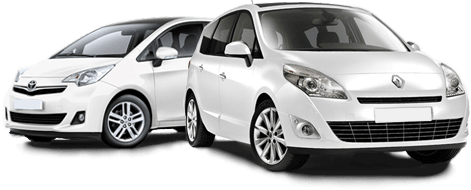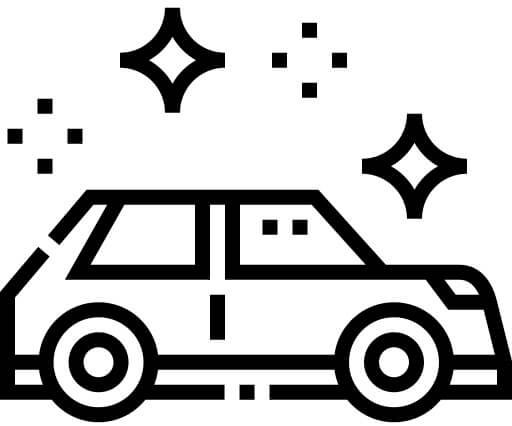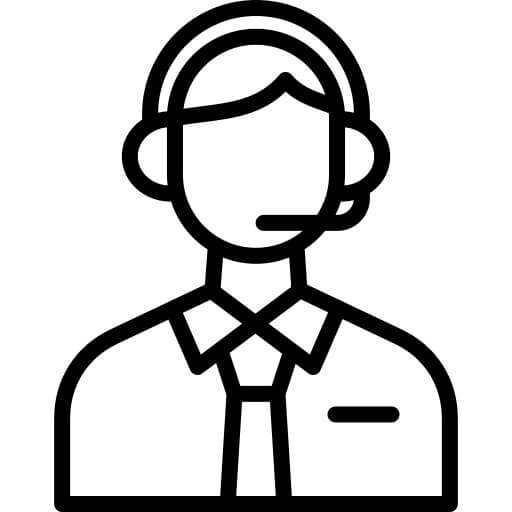Car Rental in Eindhoven | Book at Unbeatable Prices

Compare Prices and Book from the Top Car Rentals






Car Rental in Eindhoven
Discover the highlights of the memorable Dutch city

Known as the City of Innovation, Eindhoven is a vibrant and diverse city located in the southern Netherlands. It's mostly known for being a hub for technology and design due to the presence of the multinational Philips company and the Technical University of Eindhoven. The unique combination of tech industries, design institutions, and a rich history in industrial development have nurtured a distinctive urban environment that fosters creativity and progress.
From the Van Abbemuseum, a leading museum for modern and contemporary art, to the historic Philips Museum, Eindhoven offers a myriad of exciting attractions. Be sure to explore the Strijp-S district, a creative and cultural heart of the city filled with unique shops, studios, and food venues. If you are planning on exploring beyond the city, a car is your best bet. The Netherlands is known for its excellent road network, making road trips effortless and enjoyable.
Within an hour’s drive, you can visit other prominent Dutch cities. The historic city of 's-Hertogenbosch, elegant Maastricht, and the vibrant Utrecht are all within easy reach. Or you can venture further afield to the iconic city of Amsterdam, just a two-hour drive away. Here, you can experience the world-famous canals, Anne Frank House, and the Van Gogh Museum. Another must-visit location a short car journey from Eindhoven is the Hoge Veluwe National Park, one of the largest continuous nature reserves in the country, featuring a unique mix of landscapes and a diverse animal kingdom. For more insights about exploring Eindhoven and nearby areas, consult the city's official tourism website.





